It’s the fourth of July and what better way to celebrate then a visit to an Historical Monument. OK, it might be in Normandy region of France, but still it’s historic. This morning we ventured out to The Château de Vendeuvre located near Lisieux about 45 minutes away from our Gîte.

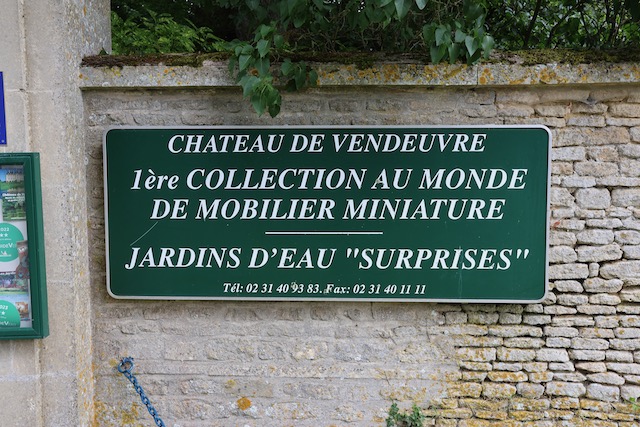
Classified as an Historic Monument, both for its exterior and interior, Vendeuvre is an sample of what a Norman country house should be. Built between 1750 and 1752 it is a great example of a country house of the eighteenth century.
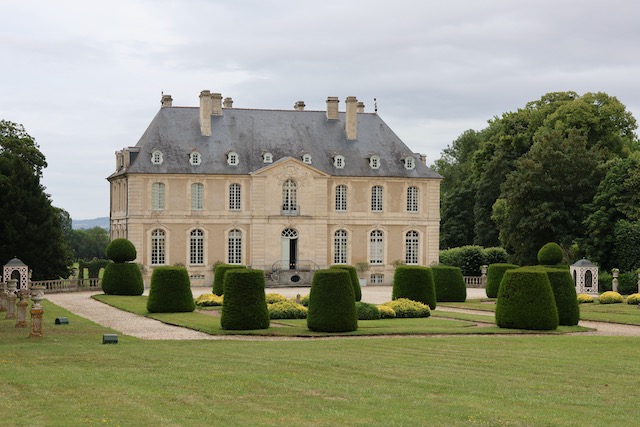
Classified as an Historic Monument, both for its exterior and interior, Vendeuvre is an sample of what a Norman country house should be. Built between 1750 and 1752 it is a great example of a country house of the eighteenth century.

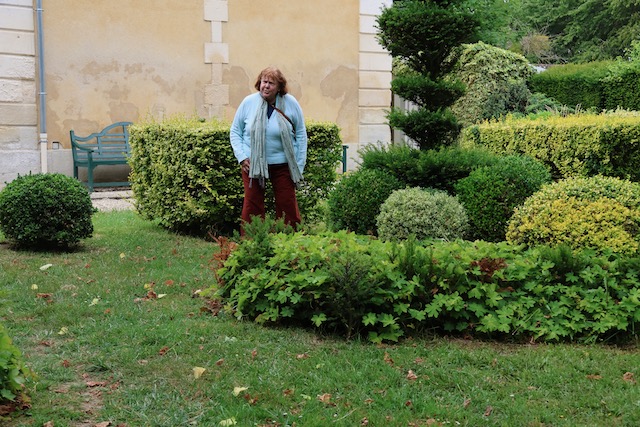

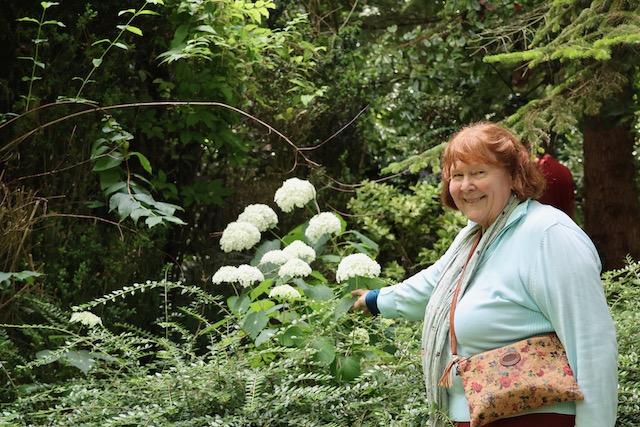
Over 200,000 shells were used to create the The Shell Grotto.

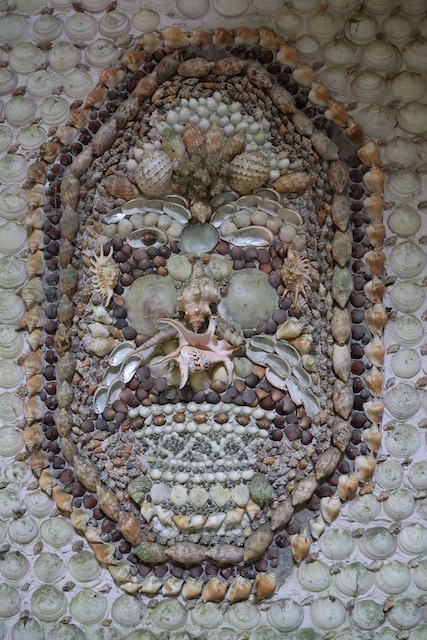
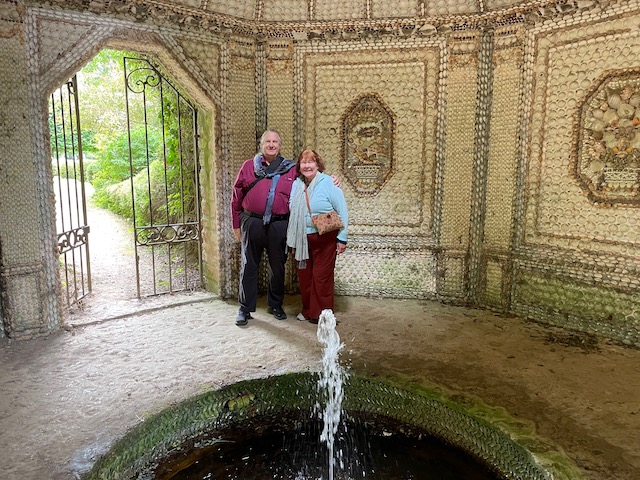
Our plan for the day was to arrive late morning at the Château and have a picnic lunch on the grounds prior to exploring the gardens and interior of the building.

The original owner, Alexandre Le Forestier, coming from a Cotentin family that claimed descent from the Counts of Flanders, wanted a modern summer retreat built in the style of the day. The old manor-house was demolished and a new house built partially into the hillside slope (allowing the kitchen to be below grade at the front). The family didn’t emigrate during the Revolution, as many did, and thus the chateau was saved from destruction, preserving the original décor and most of the furnishings
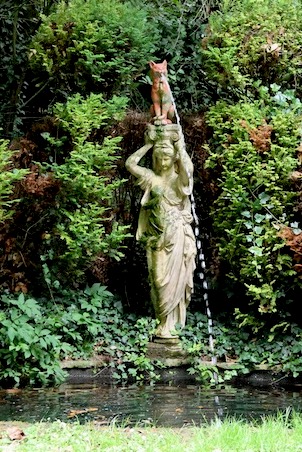
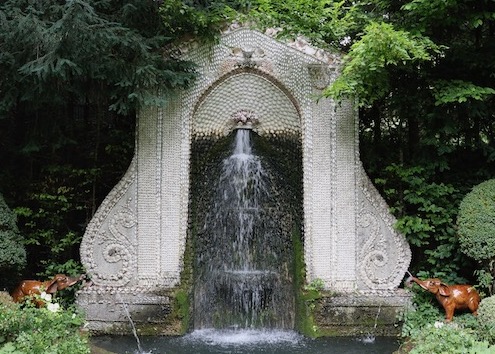
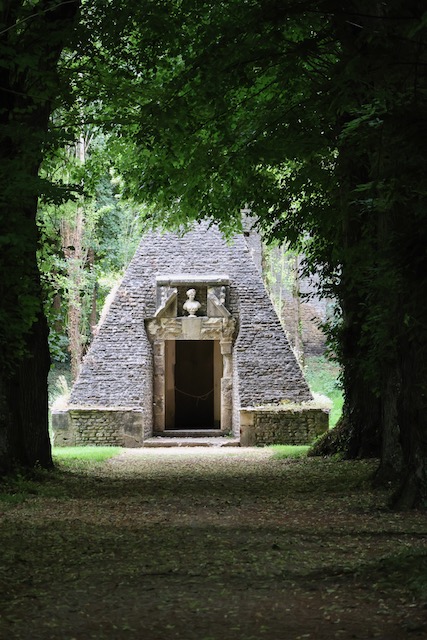
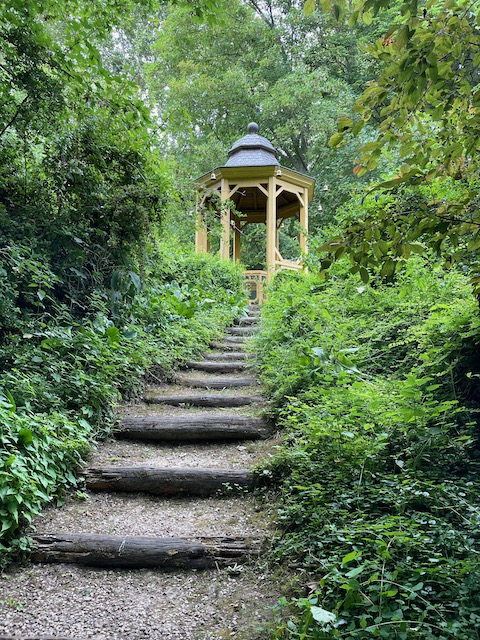
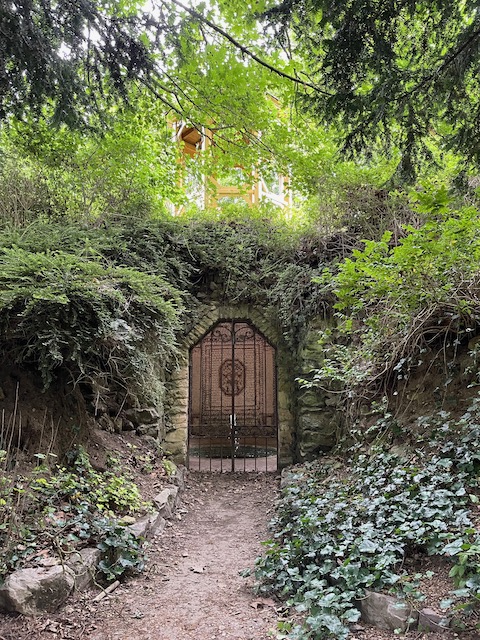
The château is famous for its eighteenth-century interiors. The Architect paid particular attention to the highly sophisticated interior circulation and decoration. The facade is deliberately not ostentatious, as, according to architect, ‘it is absolutely vital to avoid useless ornamentation and excessive facades that detract from the quality of what is inside’.
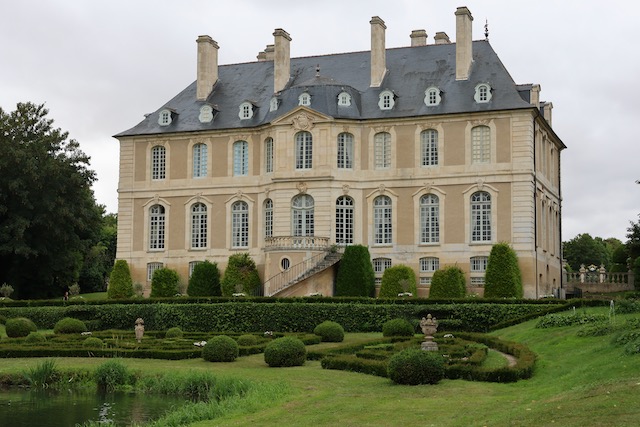

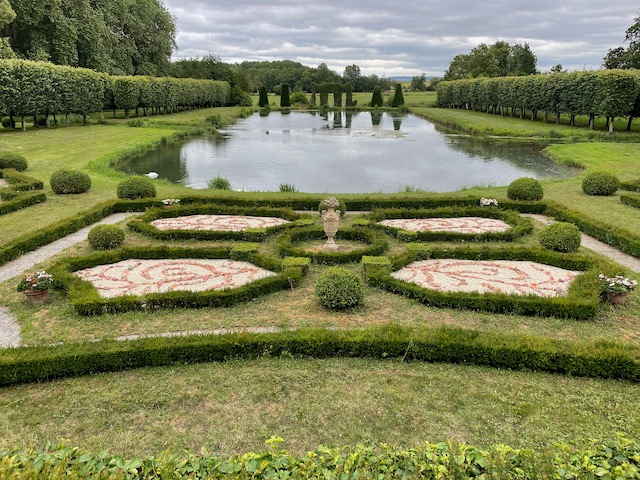
The château was damaged during the Second World War, and the present Count of Vendeuvre, a direct descendant of Alexander of Vendeuvre, set about the complete internal and exterior renovation of the château. Following the completion of the interior renovation, the park’s restoration followed using the original 1813 plans as a basis for the garden’s classic French style. In 1983 the Orangery was restored to its former state, having also been badly damaged as a result of action during the war.
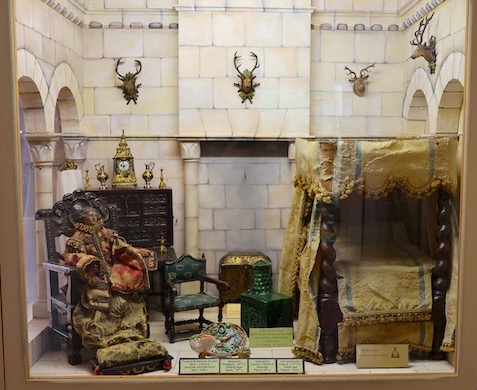
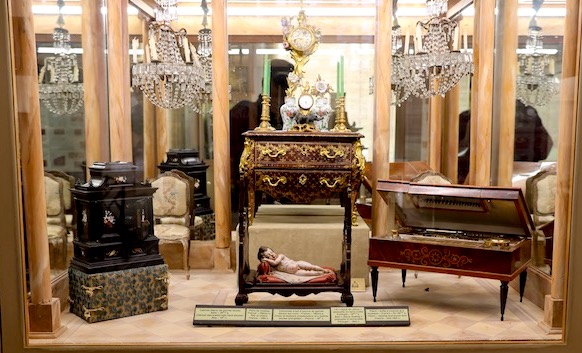
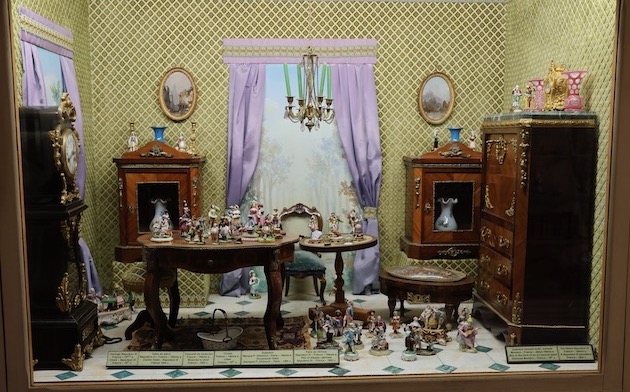
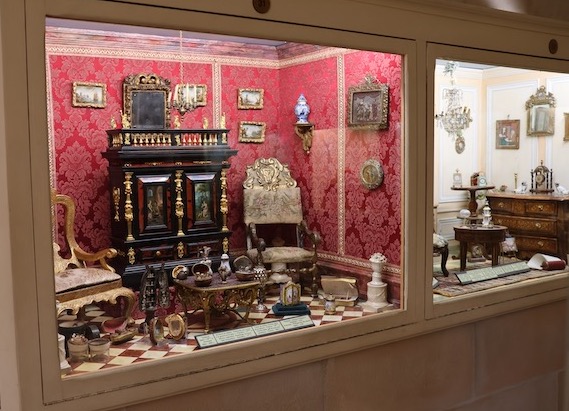
The Orangery is now home to the ticket office and to a collection of miniature house furnishings; models, maquettes, mini-masterpieces, ivories, silverware all minuscule in size. This collection of small-scale objects includes over 800 pieces of furniture and other objects.
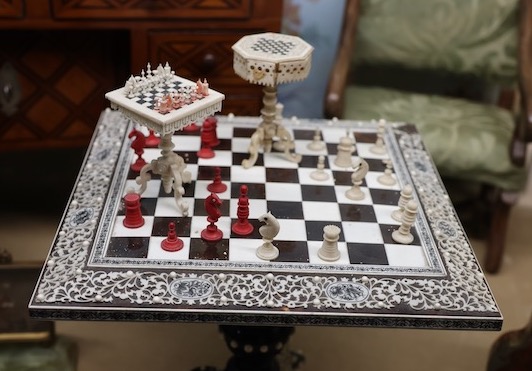
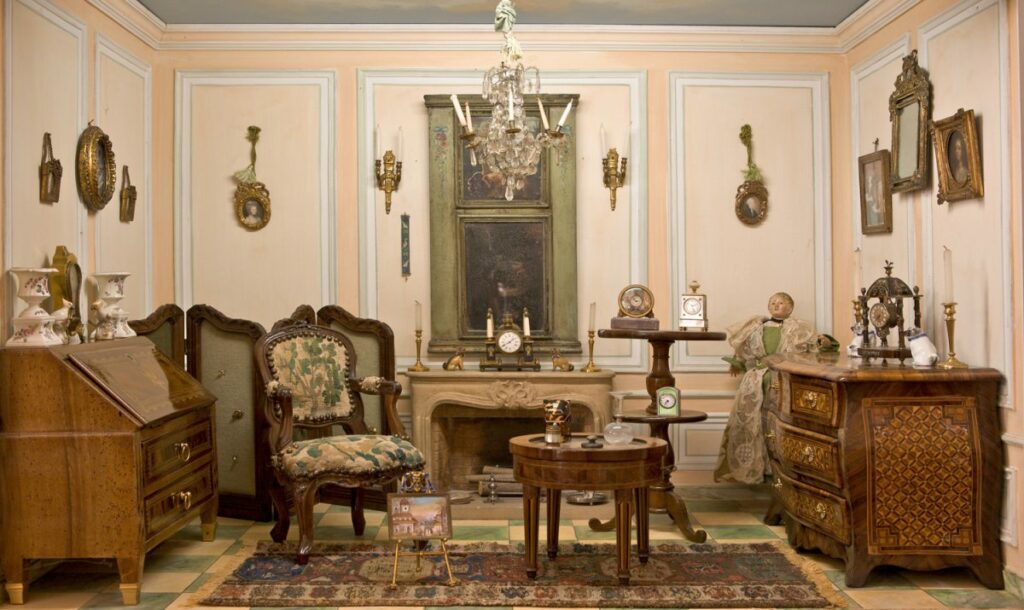
In 1983 the grounds and first floor of the château were opened to the public – with the family continuing in residence living on the upper floors (which they still do).
After touring the gardens, we headed into the basement area for a look at the kitchen and a quite interesting collection of pet beds. Why anyone would have a unique collection of pet-carriers, baskets and kennels is beyond me but they do.
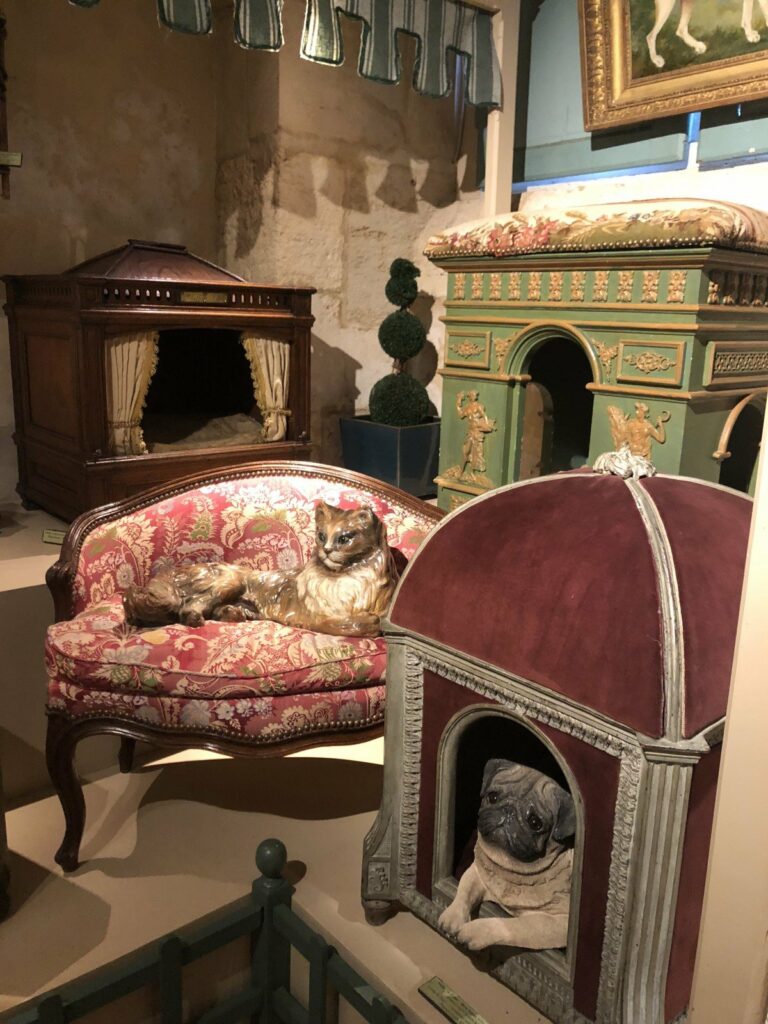

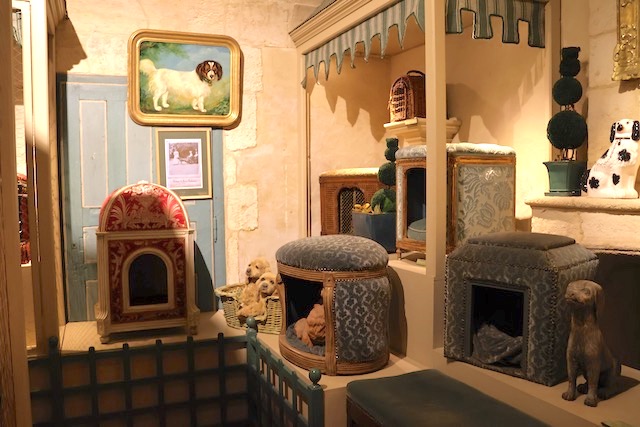

Small dogs and cats were the object of much care and attention, as testified by the refinement and variety of sumptuous places in which they lived, slept and travelled. Some were even provided with bedding matched to the full-sized furniture of the room in which they were placed, others were miniature versions of the furniture, but gilded.
The kitchen area is filled with copper and tin vessels of all shapes and sizes, with old earthenware and containers giving the impression that this beautifully arranged kitchen could still be used. Under the stone vaulted ceiling, in the huge fireplace, stands a mechanical rotisserie, still in working order. In a corner of the fireplace there is an oven, which was used for broiling and pot-roasting. In the other corner of the fireplace, lumps of wood were permanently smoldering.
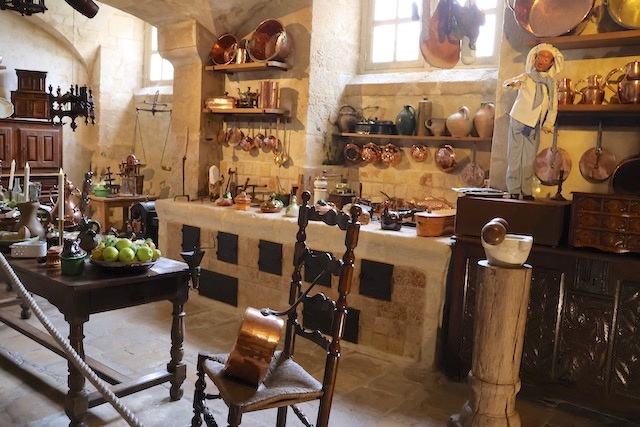

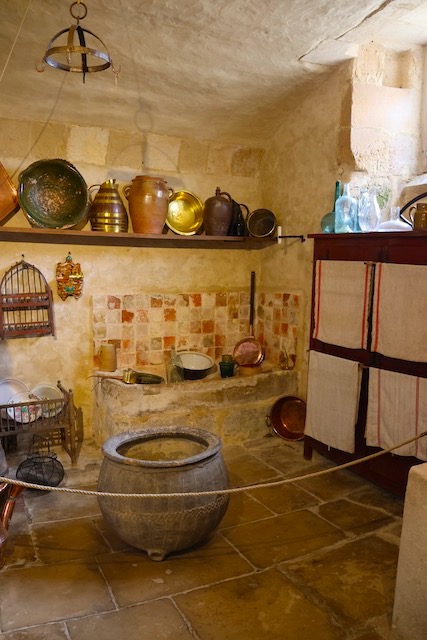
These were transported, using large pans, to the oven opposite, or to one of the five smaller fireplaces situated in the wall opposite, where slow-cooked dishes, such as soups and sauces were prepared. Set into the wall of another corner is a smaller oven once used for pastry-baking. All the wood ash would have been collected and sifted for use in the household laundry. The kitchen was in use as recently as the early 20th century.
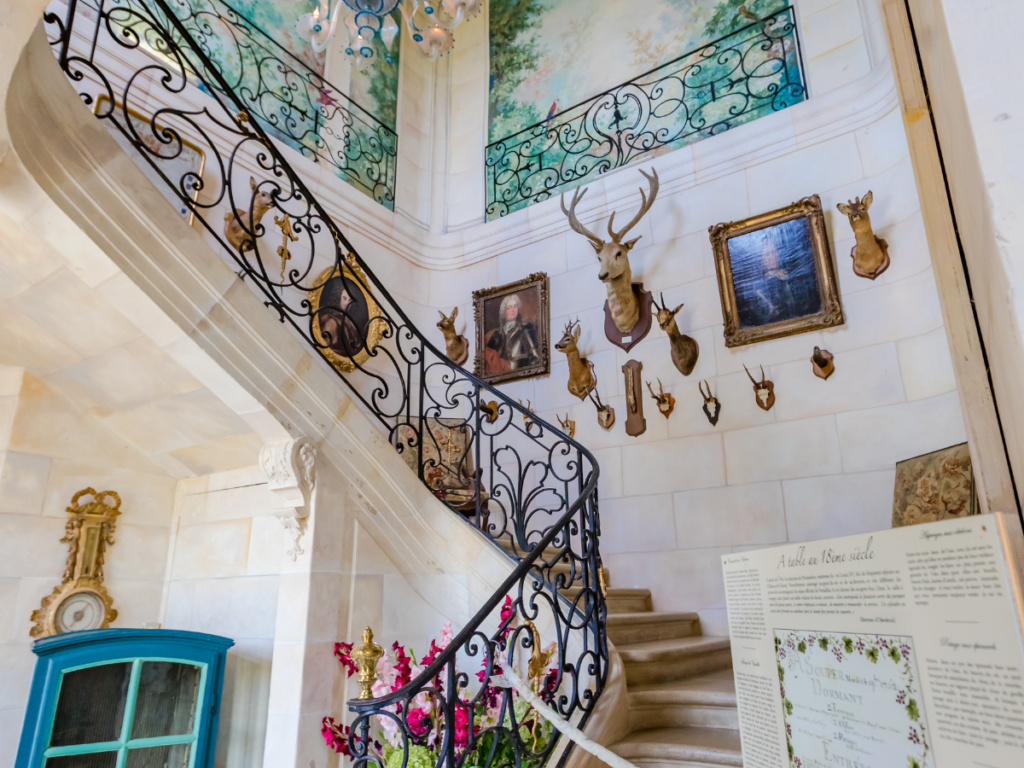
After touring the basement, we went to the front entrance and entered the main floor of the château. The floor plan is twice as wide as it is deep, with a series of rooms around a central hall supported by columns. The layout of the rooms and the rounding of all the corners, help to spread the natural light throughout each room.
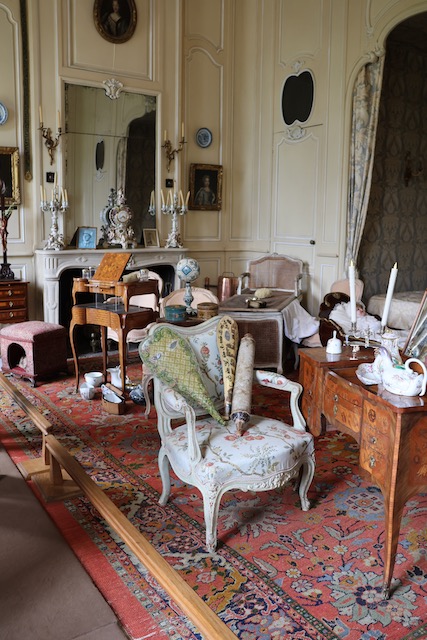
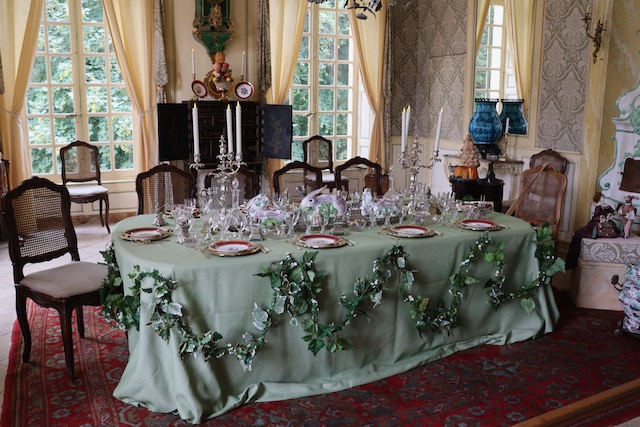
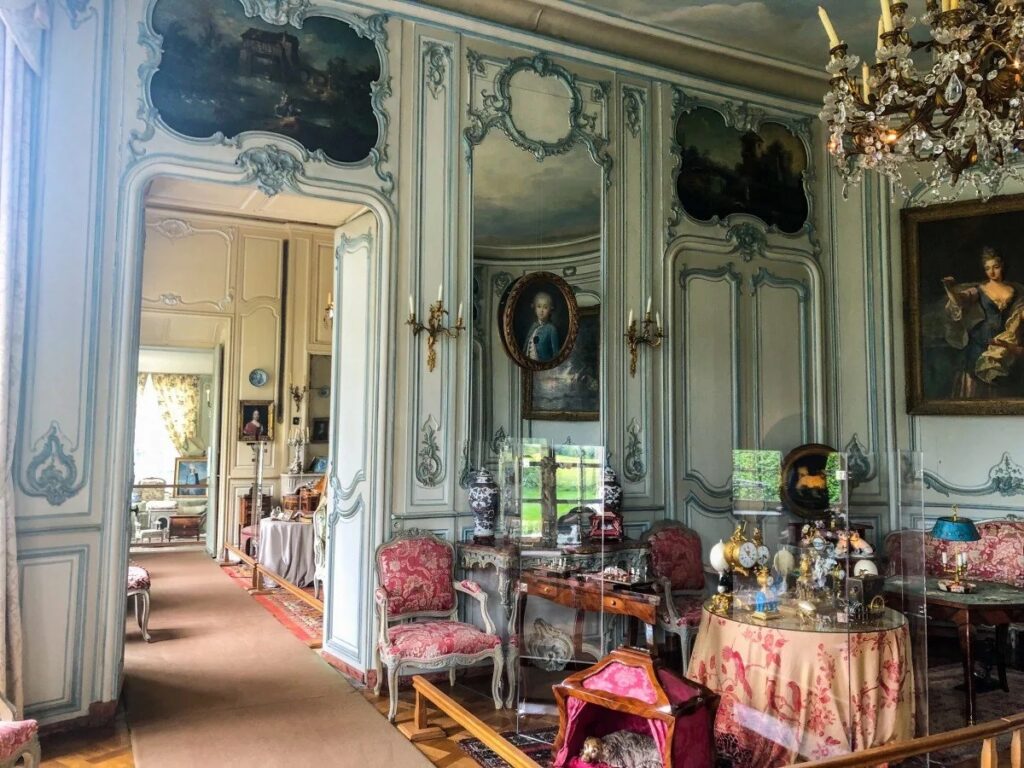
On the first floor, there is a remarkable set of furniture all period pieces from the 18th century. Yes, these ARE the real size.
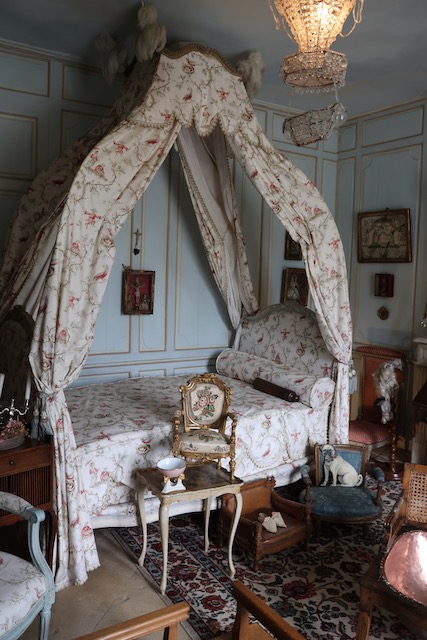
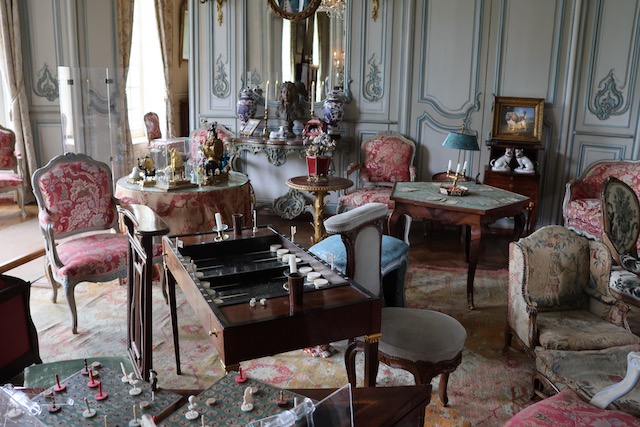
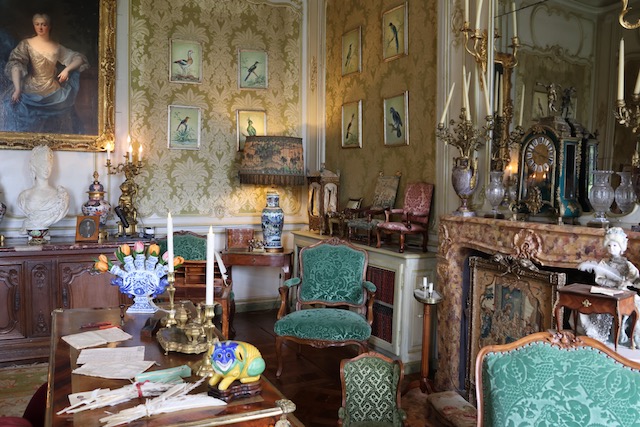
It was a very pleasant visit and an interesting spot to see all the miniatures, pet beds and the historical Château.
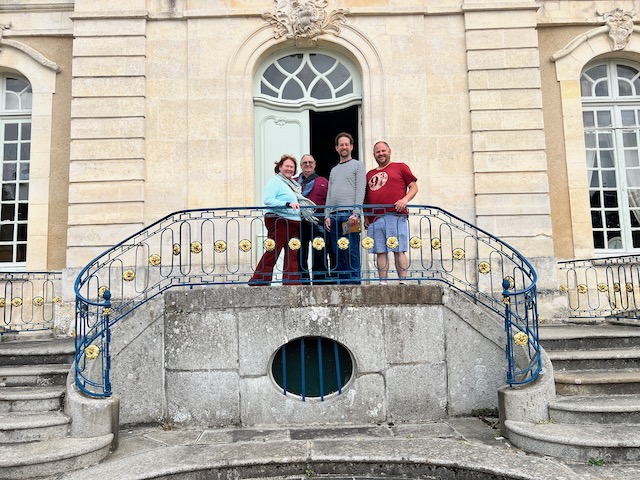
So does an Orangery have anything to do with oranges?
An orangery or orangerie was a room or a dedicated building on the grounds of fashionable residences of Northern Europe from the 17th to the 19th centuries where orange and other fruit trees were protected during the winter, as a very large form of greenhouse or conservatory.
Wow! Very interesting! What a beautiful place.